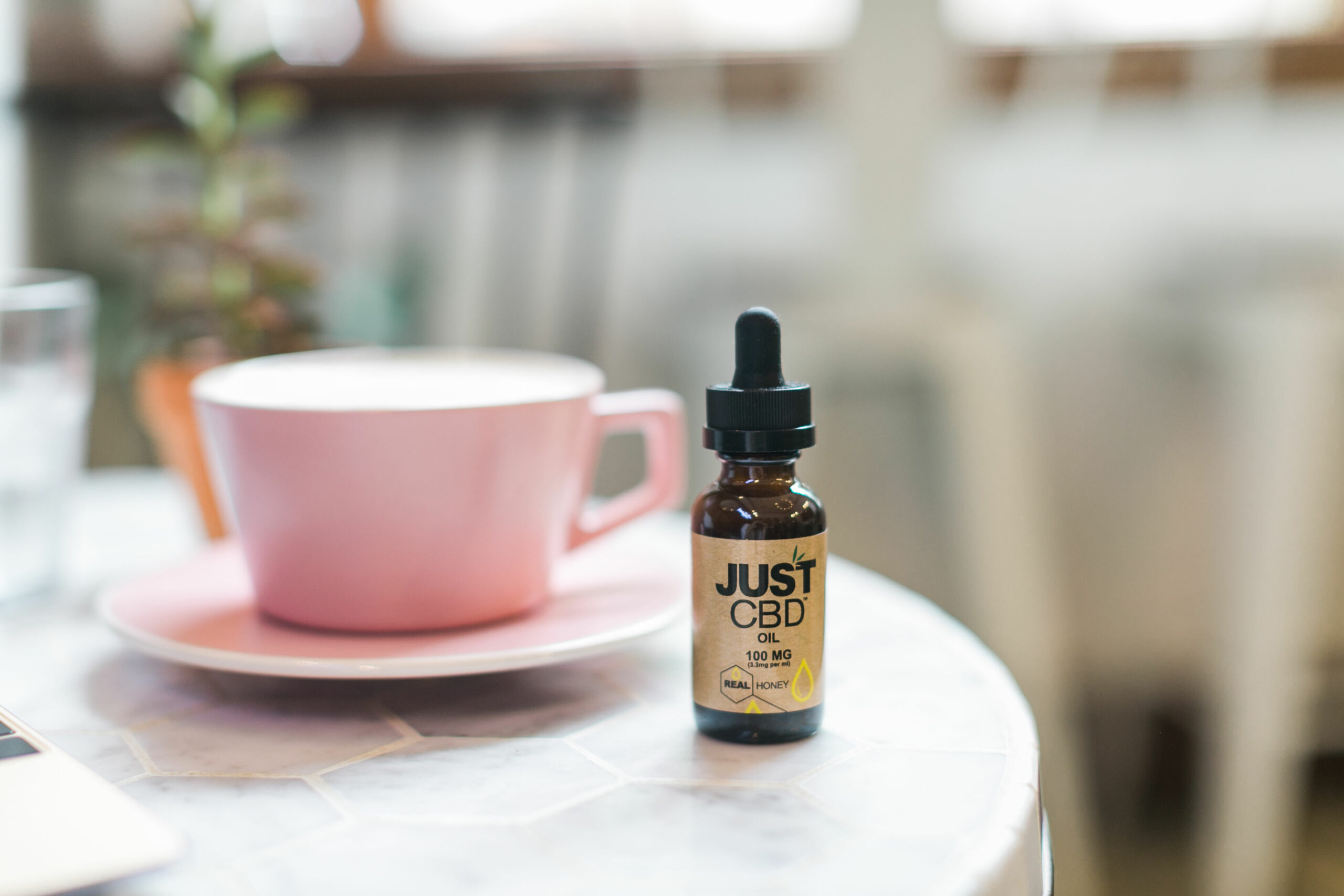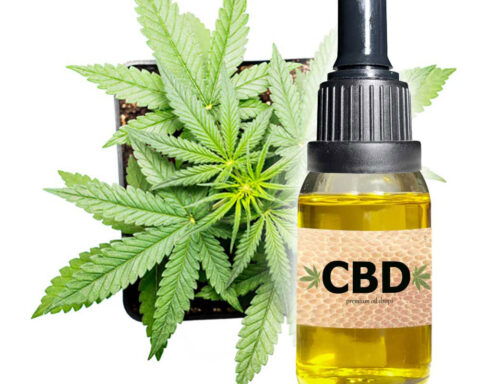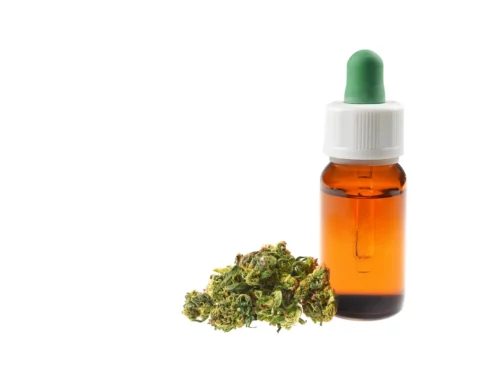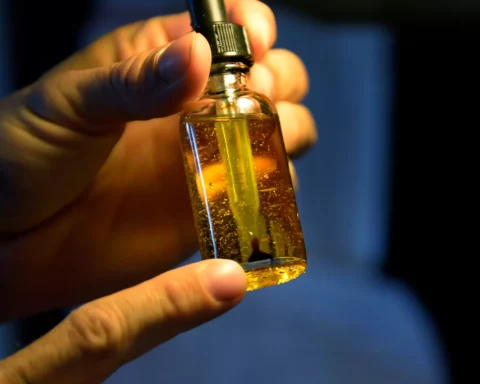Cannabidiol (CBD) and Tetrahydrocannabinol (THC) are the two main chemical compounds found in the cannabis plant. Hemp and marijuana plants offer CBD and THC. However, hemp contains greater CBD amounts while marijuana has higher THC amounts. Although these compounds show different effects, they interact with the body’s endocannabinoid system. While CBD has no intoxicating effects, THC causes consumers to feel high. People have misunderstood the differences between CBD and THC for a long time. This article highlights the differences between these two products.
What is CBD?
CBD is a compound stored in the cannabis plant. The cannabis sativa comprises two species, including hemp and marijuana. Although both species have CBD contents, hemp contains higher CBD levels than marijuana. This explains why hemp produces CBD oil. CBD does not cause intoxication effects and has no highness feeling.
What is THC?
Tetrahydrocannabinol (THC) is the chemical compound behind many psychological effects found in marijuana. THC is a widely known cannabinoid compound responsible for causing highness sensation to consumers. It resembles a cannabinoid compound manufactured by the body inherently. Cannabinoid receptors in the brain are linked with time coordination, pleasure, memory, and thinking perceptions. THC connects with these receptors to stimulate and affect an individual’s movements, pleasure, concentration, sensory, coordination, thinking, time perception, and memory. THC is among the compounds found in resin eliminated by the marijuana plant’s glands.
Psychoactive Components
Although THC and CBD have similar chemical structures, they differ in psychoactive effects. CBD fails to generate the highness feeling related to THC. THC combines with cannabinoid (CB1) receptors in the human brain to yield highness or euphoria. In contrast, CBD binds weakly with CB1 receptors. Notably, CBD requires THC to relate with the CB1 receptor and lower some negative psychoactive THC effects like sedation or euphoria.
Legality
Most North American states have legalized restricted medicinal marijuana consumption. Each state differs partially in its definition and controls prescription, legal use, or marijuana marketing. Currently, no federal law permits medicinal marijuana usage. Therefore, it is prohibited to prescribe or use medicinal marijuana in various forms because no law backs its consumption. However, multiple states have certified marijuana usage for recreational purposes. Laws around using recreational and medical marijuana are changing promptly. Therefore, consumers should check their state’s laws before dealing with medicinal marijuana.
Side Effects of THC and CBD
Some studies claim that THC and CBD are safe and cause few side effects. Nevertheless, although these compounds seem safe, the claim does not imply that consumers will not experience some adverse effects. Some negative THC side effects already reported include anxiety feelings, memory loss, delayed reaction times, red eyes, dry mouth, coordination problems, and escalated heart rate. However, CBD adverse side effects include diarrhea, dizziness, weight loss, fatigue, and appetite changes. The National Institute on Drug Abuse (NIDA) discovered that THC alters the orbitofrontal and hippocampus functioning. These brain areas are essential in new memory formation and the ability to shift concentration from different things. Therefore THC can affect an individual’s potential to develop new memories learn and conduct difficult tasks.
Chemical Structure
THC and CBD constitute a chemical structure identical to the body’s inherent endocannabinoids. This chemical compound acts as a neurotransmitter in your body. Neurotransmitters are messengers that transmit signals between body nerve cells. They serve essential roles in broad functioning range, including the immune system, mood, appetite, pain, and sleep. THC and CBD have similar molecular structures, although there are distinctions in molecules’ configurations. This arrangement is responsible for the different effects they show. Simulating endocannabinoids connects with receptors and leads to various body effects.
Sources
Cannabidiol (CBD) comes from either marijuana or hemp. Usually, it is obtained from hemp, while THC is derived from marijuana. Cannabidiol sourced from marijuana might have higher THC, unsuitable for individuals trying to shun THC. Certain CBD products from cannabis might have greater THC than indicated on the label.
Drug Testing
CBD and THC are deposited in body fats. They can manifest on drug examination for many weeks or days after consuming them. However, not all drug tests can detect cannabidiol, but those with high sensitivity are available. Many standard drug examinations check for chemicals associated with THC. Thus, marijuana use might be discovered on screening. Hemp can generate THC besides CBD. Therefore, the test might be positive for THC regardless of its usage. If you should undergo a drug test, avoid THC or CBD products.
Conclusion
THC and CBD have various benefits, although they produce adverse side effects. They are obtained from the cannabis plant. However, THC and CBD contain distinct properties that distinguish them. For instance, THC is linked with psychoactive effects or highness feeling, while CBD is recognized for its potential wellness significance. Although consumers claim that these cannabis compounds are safe, confirm their potential side effects and drug interaction before taking them. Also, consult the doctor before consuming CBD or THC products. This is important, especially when under medication. People below 18 years should avoid THC and CBD products for health reasons.
- What Are the 7 Chakras and How Can You Unblock Them? - April 19, 2024
- THCa Flower by Perfect Plant Markey - September 21, 2023
- Arches Audio Shares Their Secrets For Starting A Successful Podcast - July 7, 2023









